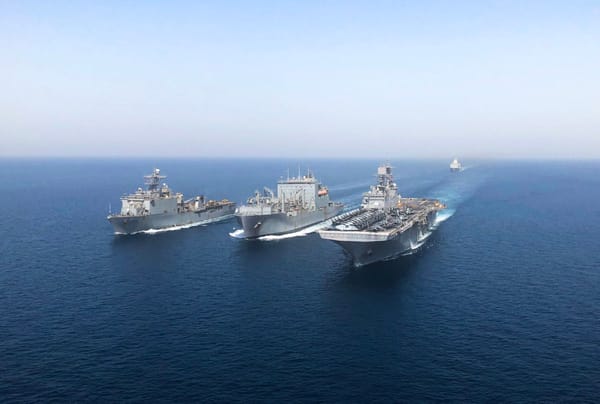Rethinking US Policy Toward Iran: A Forum
The Trump administration’s aggressive stance toward Iran defines much of US policy toward the Middle East. Any effort to imagine new paths for US policy in the region will need to reformulate US-Iran relations. Middle East Report reached out to seven scholars and policy analysts for their thoughts o







